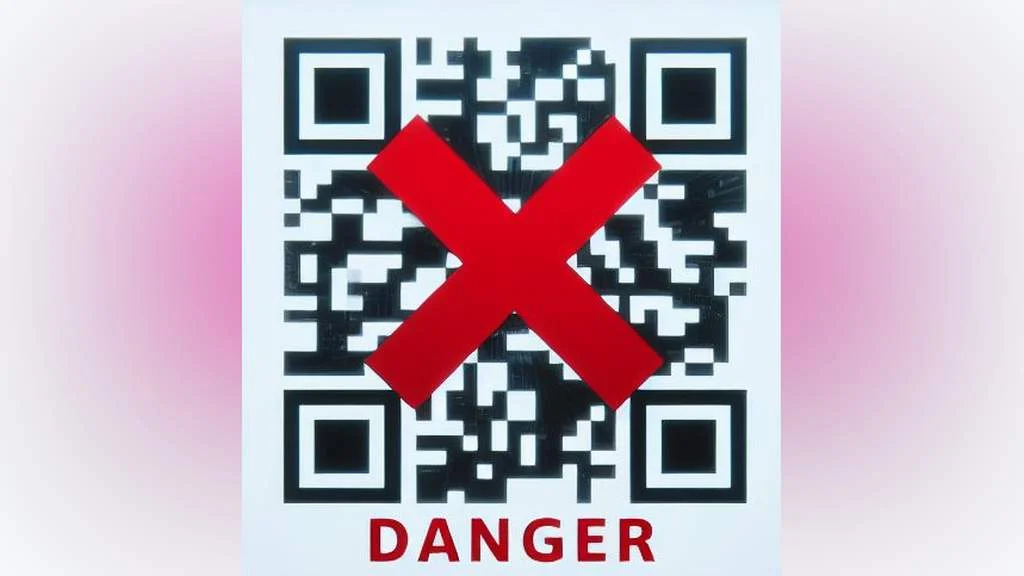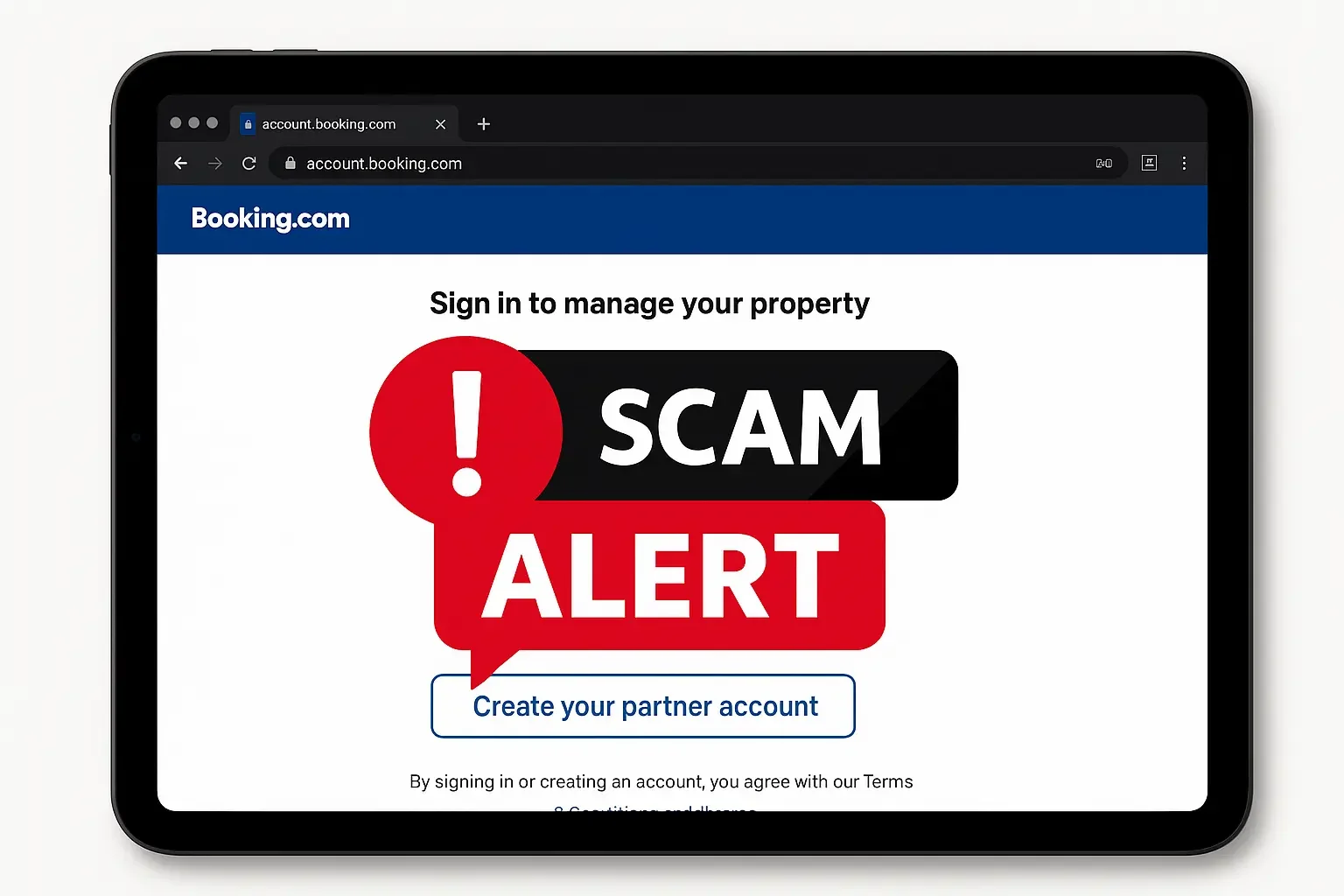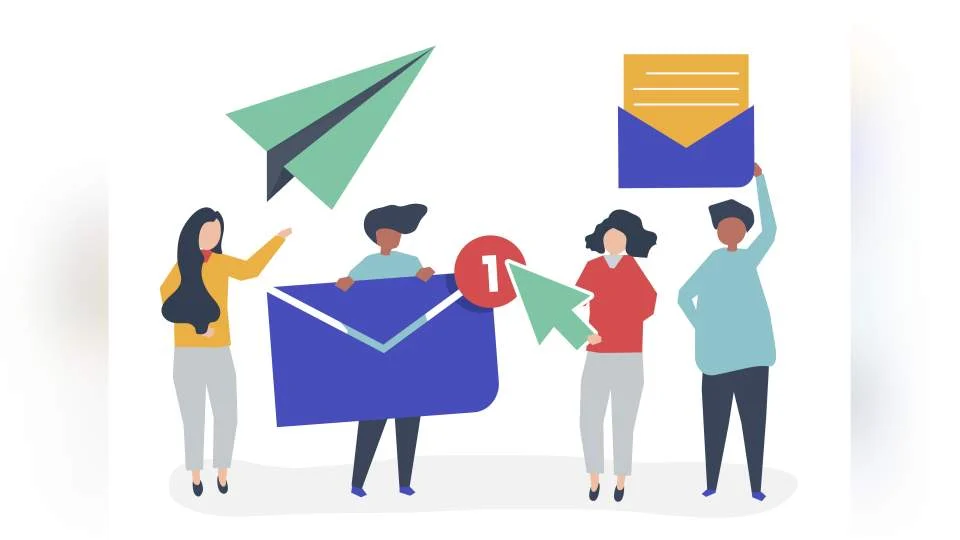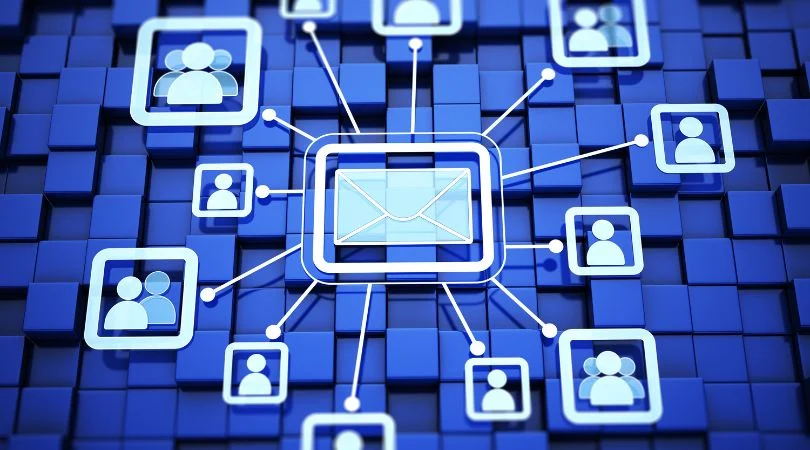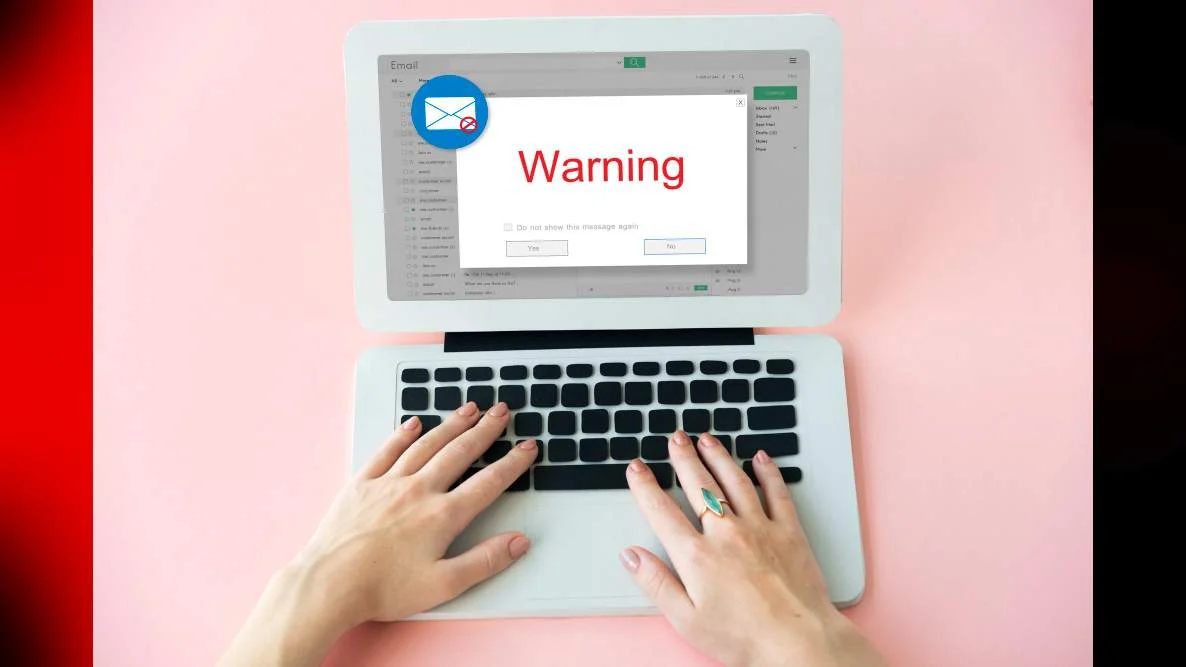
Sending emails but not reaching the recipient
February 4, 2024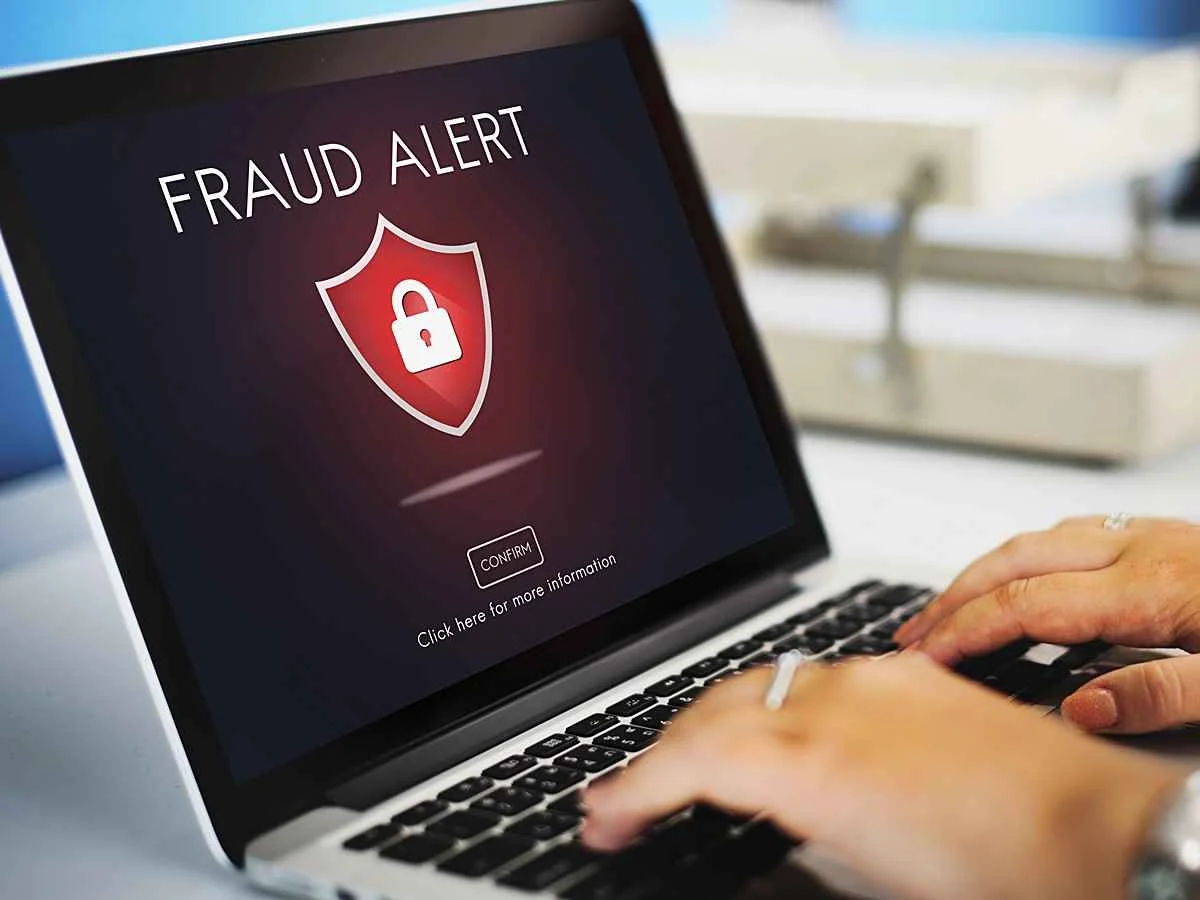
Phishing attacks on HR/accounting departments: Causes and Prevention
February 7, 2024
QR-Code Phishing Email: A Hidden Danger
Origin of QR Code
QR Code (Quick Response) was developed by Denso Wave, a Japanese company that is part of the Toyota Group, in 1994. The creation of QR Codes was intended to increase efficiency in the automobile manufacturing process by storing more data in a limited space.
The name "Quick Response" comes from the system's ability to read information quickly and efficiently. QR Codes are designed to be read quickly. It uses a format for organizing data that is small and accurate.
Since the prototype's use in the industrial sector, QR Code usage has gained popularity in areas such as transport check-in, mobile payments, and providing additional useful information in commerce and marketing. Today, QR Codes have become a ubiquitous technology across the world and are used in many industries.
The biggest rise in QR Codes occurred in 2002 with the introduction of mobile phone features that could read the code. Today, QR Codes are considered an important marketing tool. Sadly, QR-Code has been used in phishing attacks.
Dangers from QR-Code Spam
- Fake Websites: Fake websites may trick you into entering personal information such as passwords, credit card information, or financial information.
- Malware: Malware may install on your device, steal data or take control of your device.
- Phishing: Phishing can trick you into clicking on links or downloading files. that may be dangerous
- Inappropriate website: Inappropriate website. May display content Inappropriate for children or adults.
How to prevent QR-Code Spam
- Don't scan QR-Code from unknown sources: Don't scan QR-Code from email, text message or online media that you are not familiar with.
- Check URL before scanning: Use a QR-Code scanning application that has a URL check before scanning feature to see if the link is safe or not.
- Use caution: Do not enter personal information on websites or applications that you are not familiar with.
- Install antivirus program: Antivirus program May help protect against malware and phishing
- Software Update: Update software. yours to the latest version. to fix vulnerabilities that may be attacked by malware or phishing
Spam email example
- Subject: Your account notification message.
- Content:
Hello [Recipient name] Your account is being suspended. Please scan the QR-Code below to verify your identity. [QR-Code]
If you scan a QR code, you may be redirected to a fake website that may trick you into entering personal information or installing malware on your device.
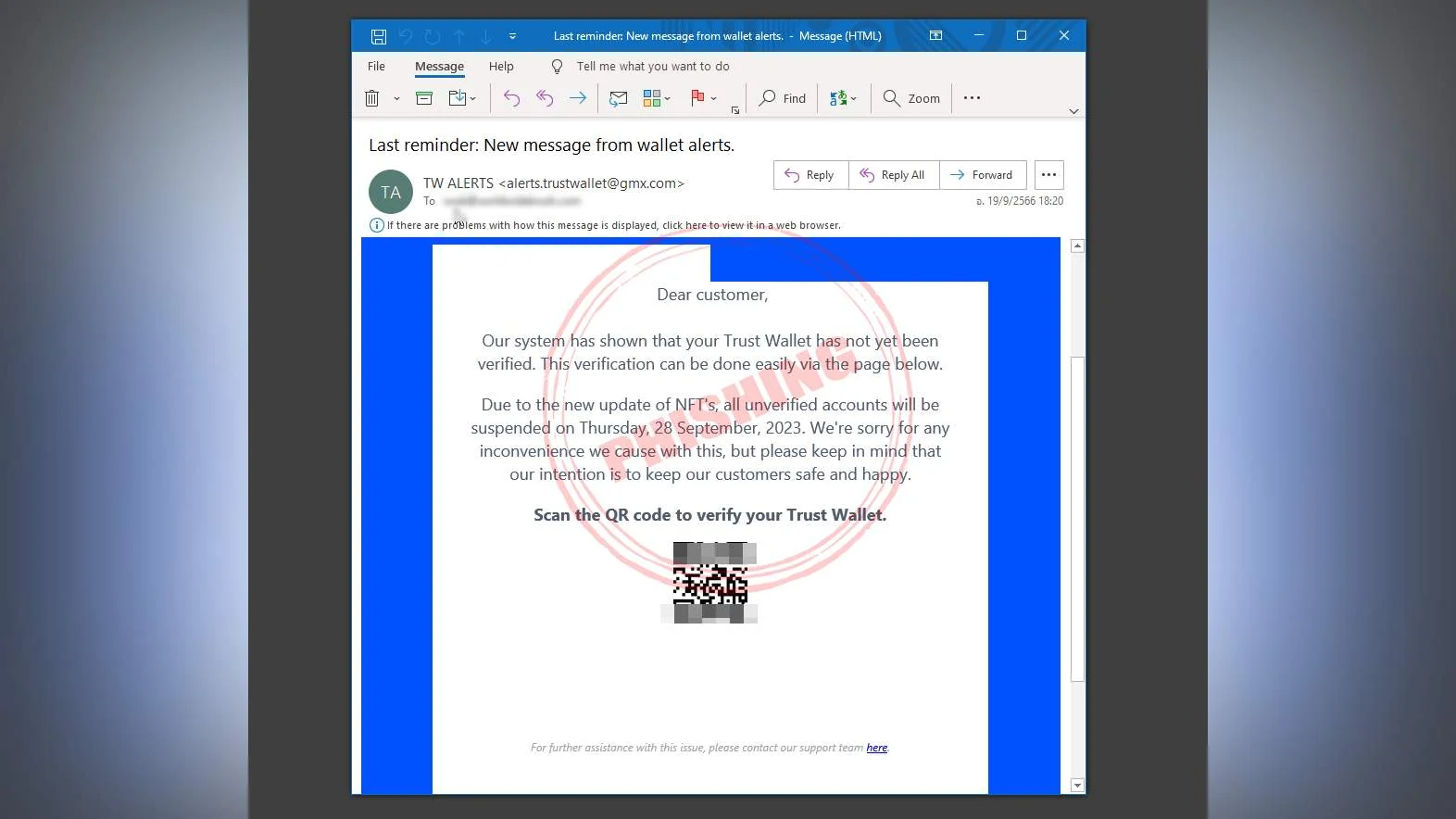
Example of QR-Code spam email
Preventing QR-Code spam in emails keeps you safe from cyber threats. Protect yourself by never scanning QR-Codes from unknown emails, check the URL before scanning, and use caution on websites or applications that you are not familiar with.
